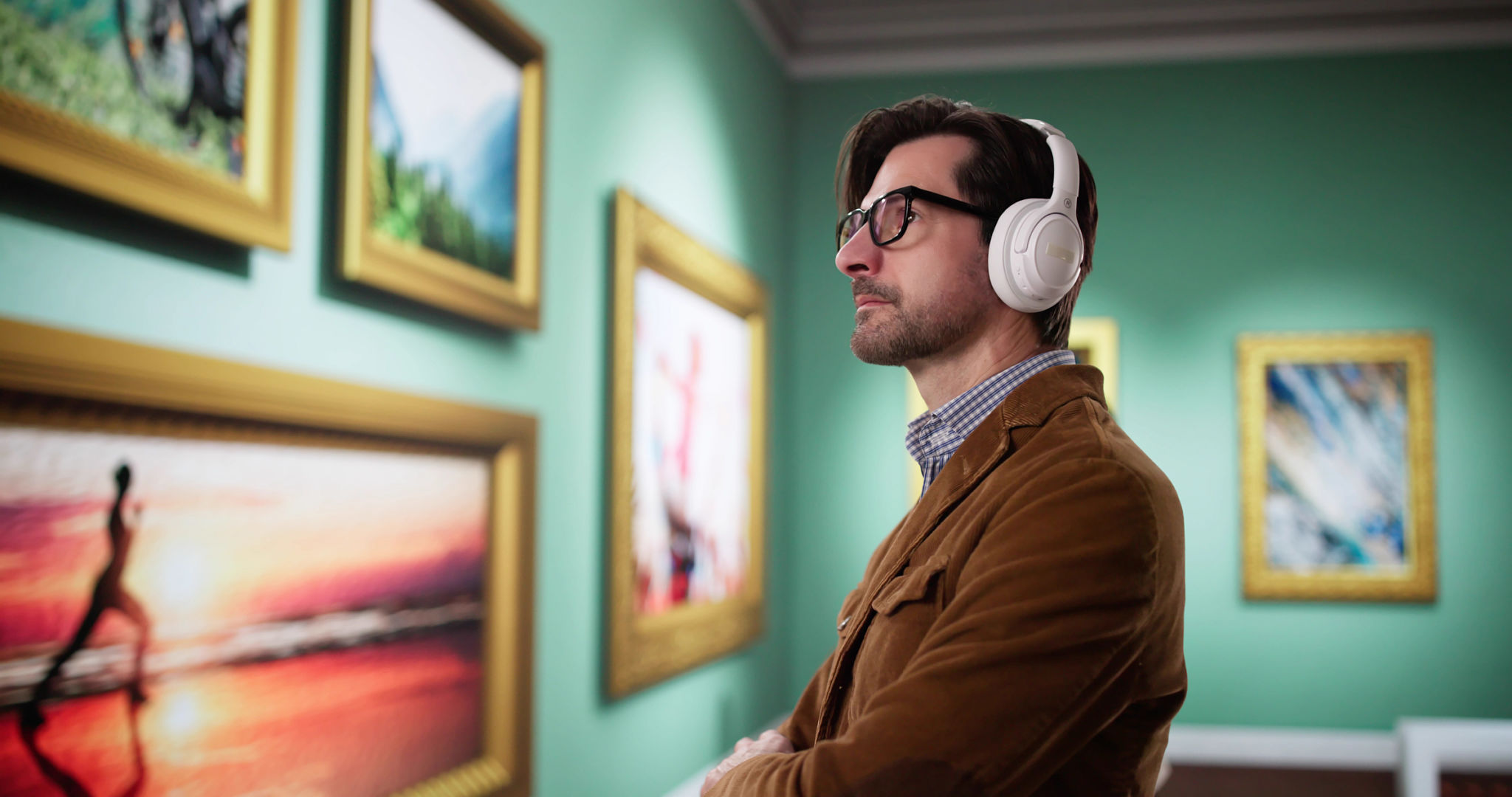Debunking Common Myths About Contemporary Art
Understanding Contemporary Art
Contemporary art often finds itself at the center of heated debates and misconceptions. The term itself might evoke images of abstract, perplexing installations or minimalist canvases that leave viewers scratching their heads. However, contemporary art is much more than these stereotypes. Let's explore and debunk some common myths surrounding this vibrant art form.

Myth 1: Contemporary Art is Inaccessible
One of the most pervasive myths is that contemporary art is inaccessible or only for the elite. In reality, contemporary art is a reflection of the world today and can be found in public spaces, on social media, and in community-based projects. It's designed to engage with audiences from all walks of life, often addressing social issues, cultural identity, and global concerns.
The notion that only those with an art education can appreciate contemporary art is misleading. Many artists aim to spark conversation and encourage personal interpretation, making their work relatable to everyone. The beauty of contemporary art lies in its diversity and openness to different perspectives.
Myth 2: Contemporary Art Lacks Skill
A common misconception is that contemporary artists lack technical skill compared to classical artists. While contemporary art may prioritize concept over technique, it doesn't mean that skill is absent. Many contemporary artists are highly trained and employ a range of traditional and modern techniques to create their works.

Contemporary art often challenges traditional ideas about what art should look like or how it should be made. This willingness to experiment and innovate is a skill in itself, allowing new forms and expressions to emerge. Moreover, the skill lies in the ability to convey complex ideas and emotions through novel media.
Myth 3: Contemporary Art is All About Shock Value
While some contemporary pieces may aim to provoke or shock, this is not the sole purpose of the genre. Many contemporary artists use their work to reflect on societal issues, personal experiences, or aesthetic exploration. The goal is often to prompt viewers to think critically about the world around them.
It's important to recognize that what might initially seem shocking could be an artist's attempt to draw attention to overlooked or uncomfortable topics. By challenging norms and pushing boundaries, contemporary art invites discourse and reflection rather than mere sensationalism.

Embracing the Diversity of Contemporary Art
Contemporary art is an ever-evolving landscape that defies easy categorization. It encompasses a vast array of styles, techniques, and themes, making it a rich field for exploration and discovery. Whether it's through interactive installations or digital media, contemporary artists are continually finding new ways to engage with audiences.
By debunking these myths, we open ourselves up to a more inclusive understanding of what contemporary art offers. It encourages us to see beyond preconceived notions and appreciate the myriad ways in which art can impact our lives.
Conclusion
The world of contemporary art is as varied as it is dynamic. By moving past common myths, we can better appreciate the depth and breadth of this creative field. Whether you're an avid gallery-goer or a curious novice, there's something in contemporary art for everyone to explore and enjoy.

